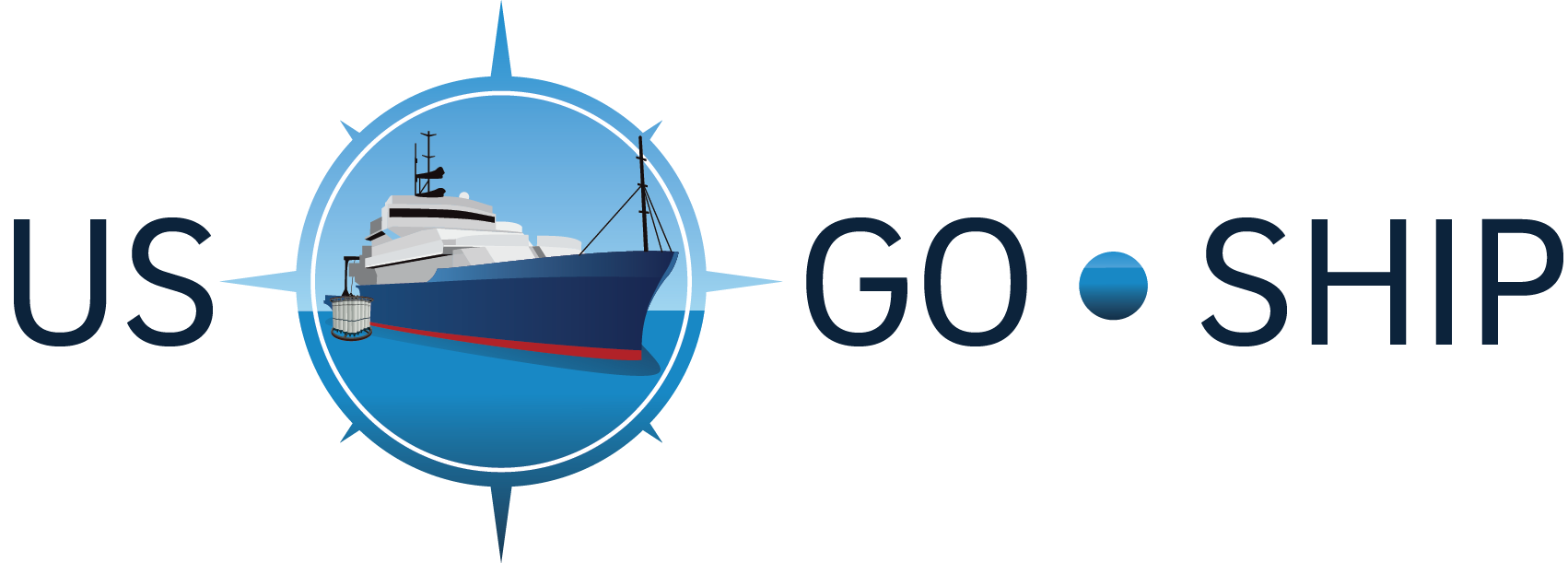The principal investigators are responsible for data collection, analysis, calibration, documentation, and submission to the data assembly centers.
The data assembly centers are responsible for data merging, verification and adjustment of data formats to community standards, online dissemination and documentation, any further quality control (QC), and archiving at NODC.
The program recognizes that at-sea data processing and documentation is by far the most effective, easily justifying its up-front expense. The oversight committee recommends that there should be at least one data management specialist on board each cruise, who is responsible for merging data, assembling documentation, and other matters. The consortium for each measurement type work together to help the lead PI for that measurement on a given cruise by providing tools, advice, standards, etc., but the PI leading the measurement for that cruise is responsible for the data processing and documentation. (Thus the PIs doing each cruise must include data processing funds in their proposals to do the sea work.) At a minimum, PI QC – applying quality flags as per a standard protocol – should be done, with a second, post-cruise level of QC carried out as needed for some parameters, e.g. carbon system.
The bottle S/O2/nutrient/CFC data must be quality controlled and merged with preliminary processed CTD data shipboard quickly. These should be made available to the carbon PIs within 5 weeks of the cruise in order for the carbon data to be submitted within six months.
A single system of QC flag assignments and record keeping should be used for all bottle parameters. The U.S. teams have agreed to use the WOCE Hydrographic Program quality flag scheme.
The data management groups will be responsible for making the data accessible to the community via worldwide web servers and online data reports. The data management groups also see that the data are provided to NODC.
U.S. Support for Observations on Non-U.S. Cruises
Long repeat hydrographic sections are being carried out by other nations. Some may not include all Level 1 and 2 observations. If U.S. groups with the capability to provide these measurements participate on non-U.S.-led repeat hydrography cruises, their data submission requirements as outlined here are waived, in recognition that the non-U.S.-led cruises will not be operating with the same submission deadlines. This also recognizes the importance of collecting these observations for the long-term record of ocean change.
Data collected by U.S. investigators on non-U.S. cruises should still be submitted to the designated data management structures at the time of public dissemination of the principal data sets or at two years, whichever is earlier. If the non-U.S. data sets have an embargo on publication that extends beyond 2 years, then the submitted U.S. data should remain proprietary, that is, without dissemination, until the non-U.S. release date.
The data management structures will make every effort to assemble the complete data sets through contact with the non-U.S. principal investigators.
